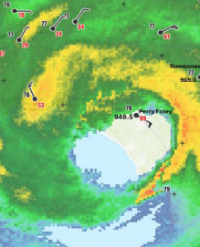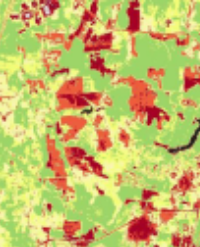
Disastrous Effects of Hurricane Helene in the Southern Appalachian Mountains Including a Review of Mechanisms Producing Extreme Rainfall
Hurricane Helene made landfall near Perry (Latitude 30.1N) in the Big Bend area of Florida with a central pressure of 939hPa. It moved northwards creating devastating damage and loss of life; however, the greatest damage and number of fatalities occurred well to the north around the City of Ashville (Latitude 35.6N) where extreme rainfall fell and some of the strongest wind gusts were reported [1-3]. This paper describes the change in the hurricane’s structure as it tracked northwards, how it gathered tropical moisture from the Atlantic and a turning wind profile between the 850hPa and 500hPa elevations which led to such extreme rainfall. This turning wind profile is shown to be associated with extreme rainfall and loss of life from drowning and landslides around the globe. The area around Ashville suffered 157 fatalities which is a significant proportion of the 250 fatalities so far recorded in the whole United Stares from Helene. This is of extreme concern and should be investigated in detail as the public generally expect the greatest impact from hurricanes to be confined to coastal areas near the landfall site. It is another example of increased death tolls from tropical cyclones moving inland and generating heavy rainfall. As the global population increases and inland centres become more urbanised, run off from such rainfall increases which causes greater devastation.
Jeff Callaghan*




